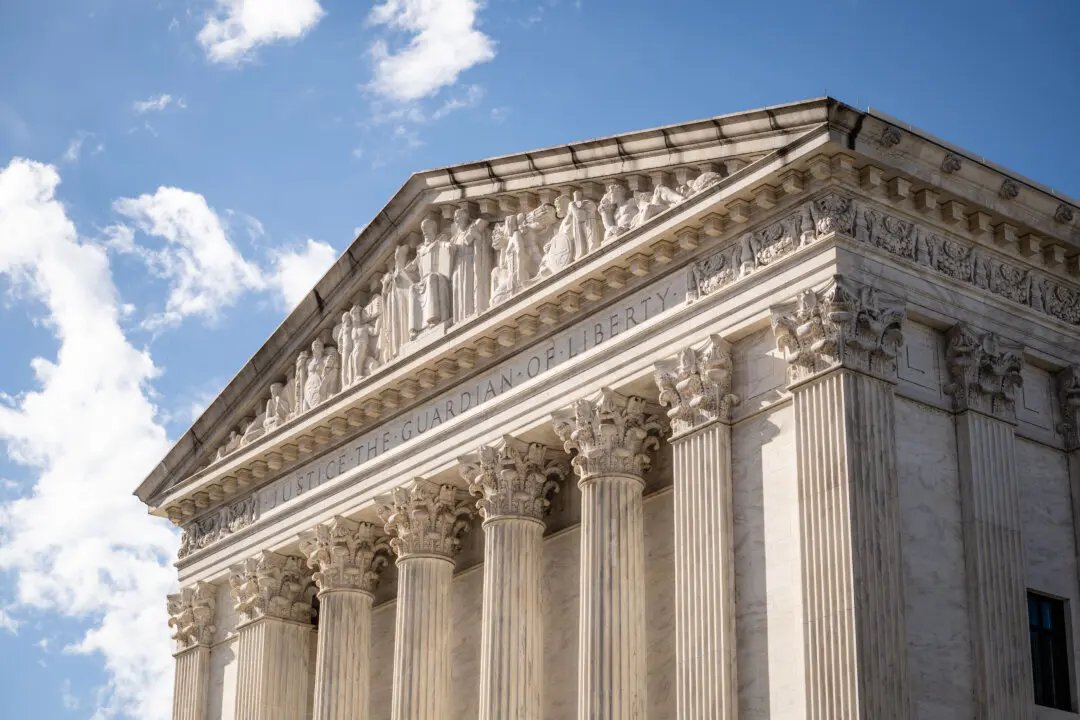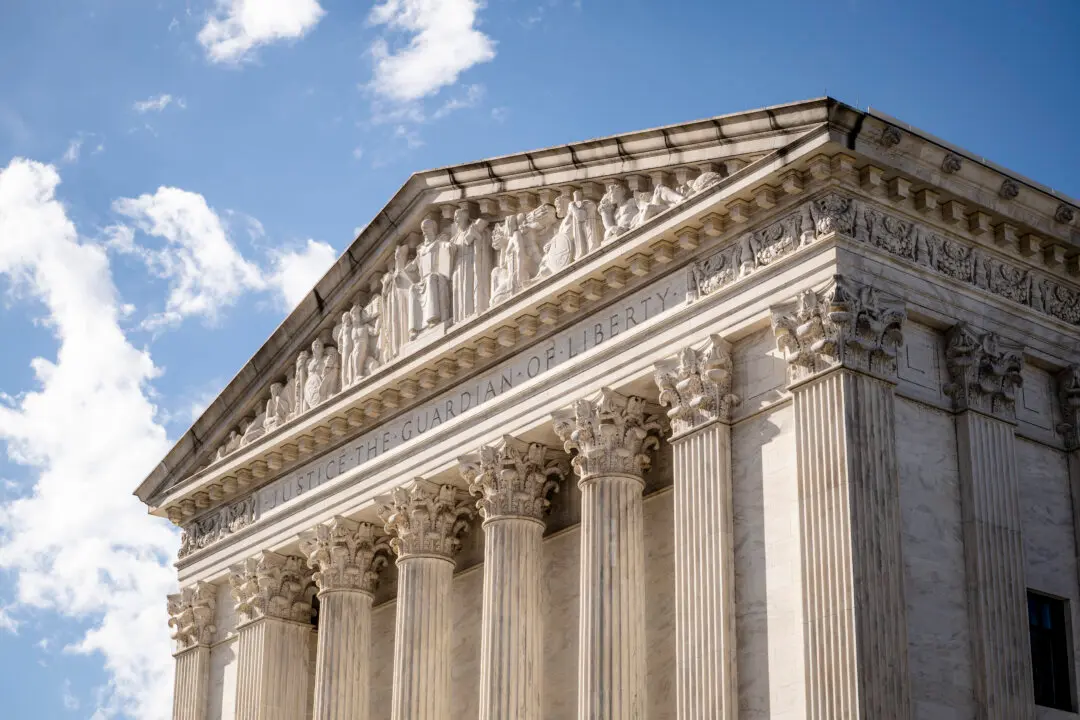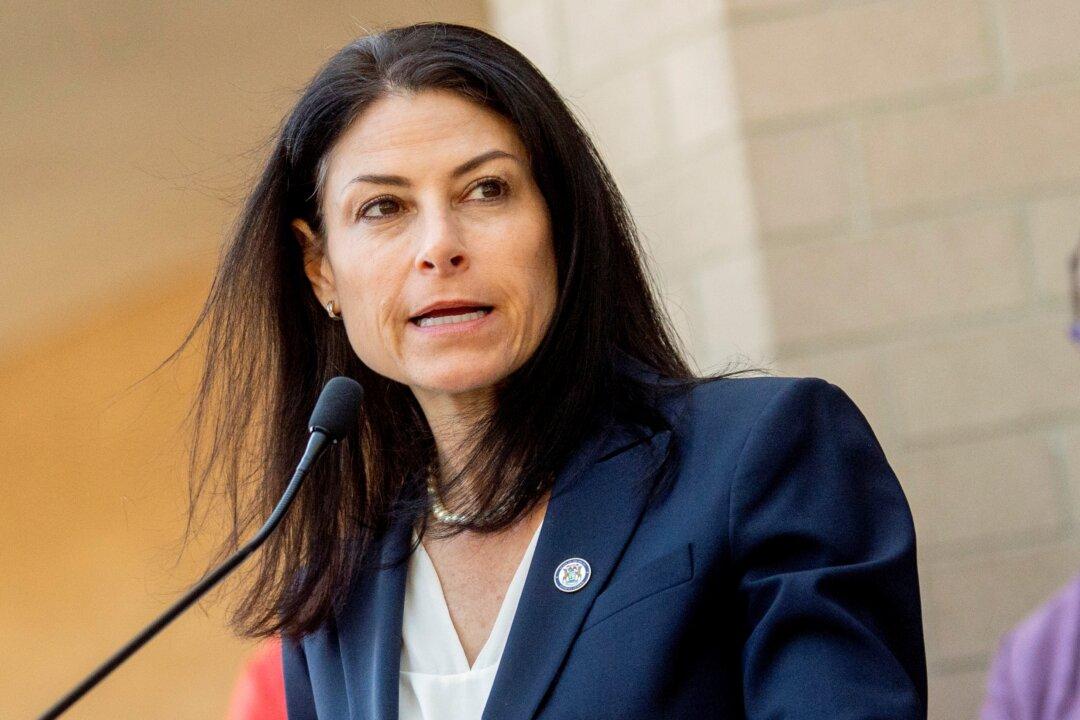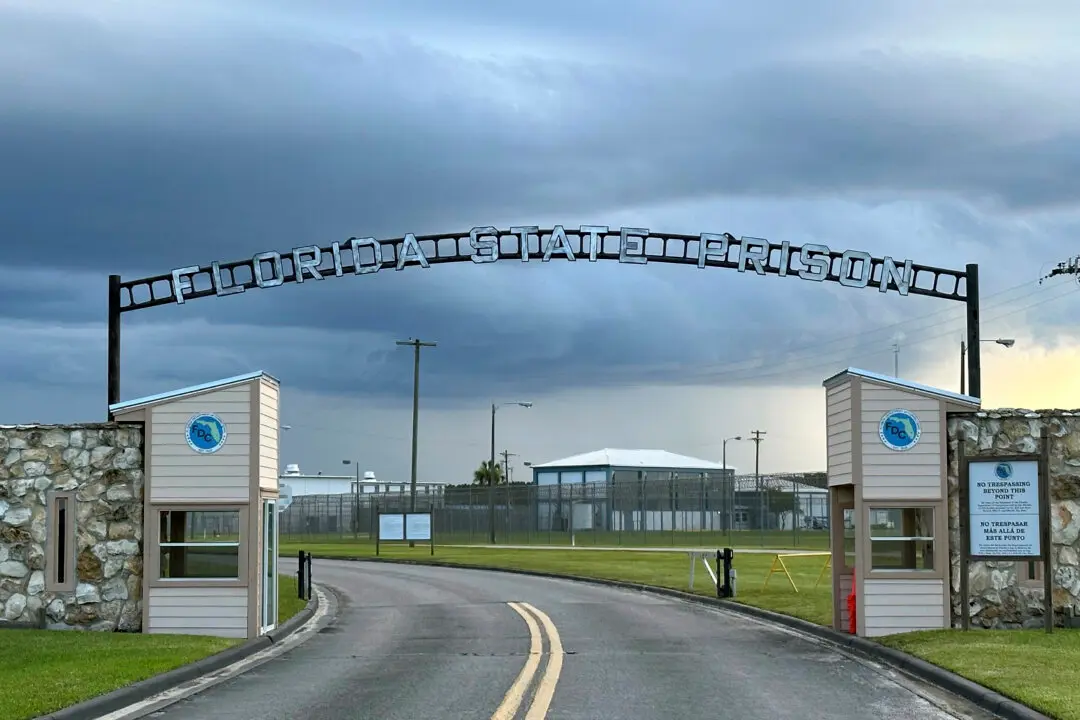The Supreme Court, in a vote of 6–3, overturned the Chevron deference doctrine, a bureaucracy-empowering judicial doctrine that critics say led to the explosive growth of the U.S. government in recent decades.
The new decision will make it more difficult for unelected government officials to generate new regulations.





